"From my cold, dead hands"
 Monday, February 24, 2014 at 12:00AM
Monday, February 24, 2014 at 12:00AM 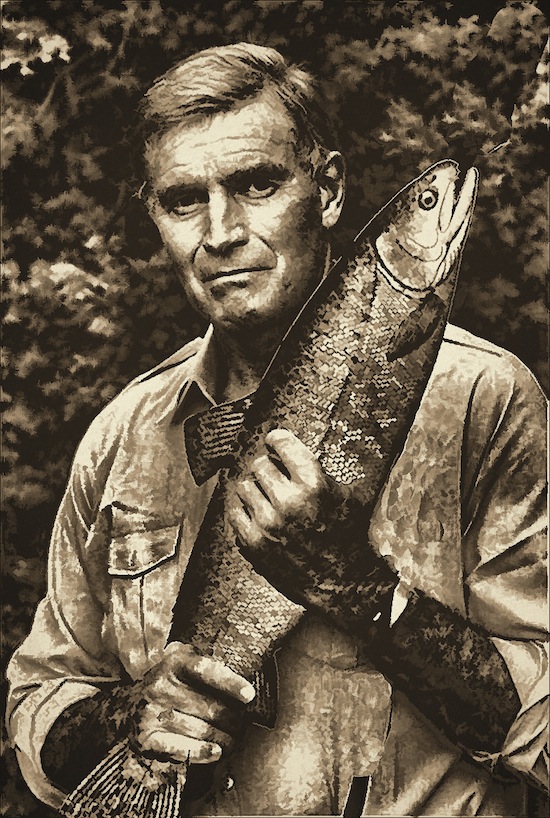
As a result of some recent successful litigation on the Sandy, a threatened lawsuit on Puget Sound, and three proposed wild steelhead gene banks, pro hatchery advocates are crying foul. While their rhetoric runs the spectrum, the basic premise is that wild fish groups want to take away all their farm raised hatchery fish.
Spend some time surfing those group's websites and Facebook pages and you'd think the hatchery sky is falling..... nothing could be further from the truth. There's even a new movie and petition sponsored by some of these groups driving the pro-hatchery cause.
Lets take a quick look at what state and federal taxpayers have contributed to support their beloved Washington hatchery programs.

The Washington hatchery system represents a public investment of over $1-billion.
The Washington Department of Fish and Wildlife (WDFW) operates 83 hatcheries of which 75 - 80% are dedicated to producing salmon or steelhead. There are an additional fifty-one tribal hatcheries and 12 federal hatcheries contributing to the statewide salmon harvest. By my count that's 146 hatcheries, god forbid you give up one.... or two.
From 2011 - 2013 The WDFW Hatcheries Division had a total operating budget of $63.9-million, including $11.1-million from the State General Fund.
In 2012, the Washington State Legislature provided an additional investment of $56.7-million in capital funds for statewide hatchery infrastructure improvements.
How's your local school department budget faring these days?
WDFW salmon hatchery releases almost doubled in 10 years, increasing from 50 million in 2001, to over 97 million in 2011 ...... those wild fish groups sure have been taking a bite out of those hatchery programs.
It is absurd to suggest that Washington's hatchery programs are under threat when almost twice the number of hatchery fish are being released into the wild than in 2001.
So how about our neighbor to the south?
In 2012 the Oregon Department of Fish and Wildlife operated 32 hatcheries, 6 rearing ponds, 14 acclimation facilities, and 12 adult trapping facilities.
Funding for the operation of these facilities comes from a variety of sources: 12 are federally funded, 8 are state funded, and 12 are funded by a combination of state and federal funds.
Annual operating costs for these facilities amounted to approximately $25.0 million in 2012, of which $16.8 million was provided by federal agencies, $2.2 million came from state general funds, and $6.0 million came from other sources, including license fees, power producers and water users such as the City of Portland and Portland General Electric.
 A total of 42.7 million hatchery fish were released into the waters of Oregon. Of these releases, approximately 37.2 million are anadromous fish and 5.4 million are resident fish. So despite having approximately one fifth the number of hatcheries as Washington, Oregon plants 50% of the number of fish. Those wild fish loving libertatds sure are doing a pretty poor job of dismantling Oregon's hatchery welfare state.
A total of 42.7 million hatchery fish were released into the waters of Oregon. Of these releases, approximately 37.2 million are anadromous fish and 5.4 million are resident fish. So despite having approximately one fifth the number of hatcheries as Washington, Oregon plants 50% of the number of fish. Those wild fish loving libertatds sure are doing a pretty poor job of dismantling Oregon's hatchery welfare state.
Despite what the pro hatchery/wild groups would like you to believe, the numbers show they have been the beneficiary of considerable state and federal hatchery welfare resources to the detriment of wild fish stocks. It's unfortunate that it took litigation to tip the balance ever so slightly back towards a focus on wild fish.
 El Guapo |
El Guapo |  8 Comments |
8 Comments |  hatcheries suck,
hatcheries suck,  hatchery fish vs wild fish in
hatchery fish vs wild fish in  hatcheries
hatcheries 
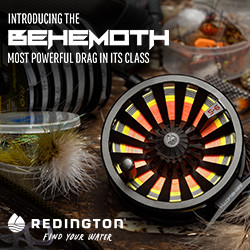
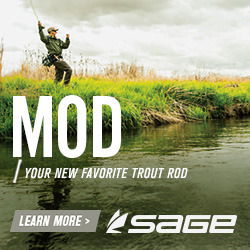
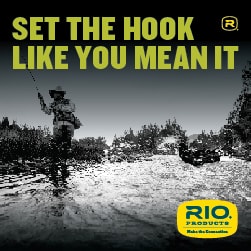
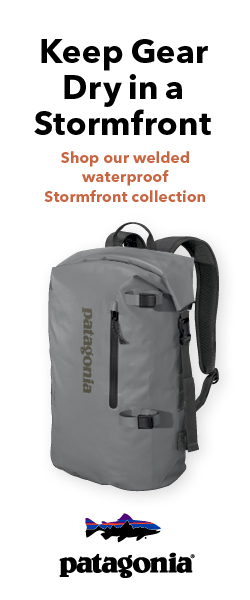


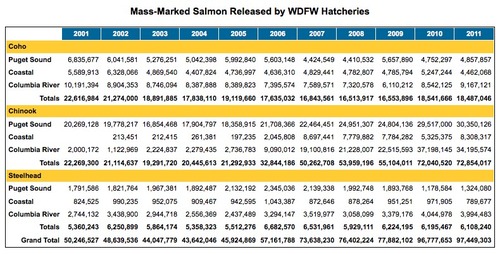
Reader Comments (8)
If it wasn't for such stocking programs your US rivers would be devout of life.
You clearly do not understand the levels of pollution, deforestation, and ecosystem degradation that are preset in the US Pacific Northwest. Out East on the Penobscot and Conneticuit they thought that stopping stocking programs and removing dams would bring back wild stocks.
It didn't. Once the systems are ruined, they cannot be repaired. This is not a computer we are dealing with, it is an ecosystem. A highly degraded one at that.
If you want wild, numerous, pristine steelhead, go to Canada.
Let me first state that I am pro-wild fish.
But take a close look at that data posted. Before you can make assumptions and generalize to the entire WA Hatchery program, look at where the fish are being released! Columbia River system!
This also is the fishery that struggles the most. No doubt due to the fact they need to navigate 9-11 dams depending on what river tributary they originate from. But that is one way! The smolts need to downstream navigate and adults upstream navigate. The mortality rates are astonishing.
The point I want to be clear is that these Columbia River hatcheries are federally mandated as a result of the hydroelectric dams. This MANDATE is paid for by federal and state taxpayers and the energy entities themselves.
But please don't generalize this to all the hatchery systems on coastal rivers and Puget sound rivers. Look at the data, the annual stocking is trending downward.
Blah, Blah, Blah........ Native Fish Society can suck a dick
nice work
I think you can make an argument either for or against hatchery operations with some level of fact. However, regardless of which side you're on, why would you argue against at least trying for wild fish recovery, as opposed to assuming that the future of salmon and steelhead fishing and anadramous returns are 100% dependent on hatcheries? Isn't it possible that there's a better way forward than spending tens of millions of dollars a year on a program that appears to counteract the survival of native fish runs?
Yankie Doodle,
I see your grasp on aquatic ecology resembles your grasp on the English language; tenuous at best.
...and so you see in some of the comments above, the direct result of decades of Hatchery Conditioning.
I have spent many years now working directly on habitat restoration projects here in the NW, both in Oregon and Washington. I have also studied Fresh Water and Marine habitat and sanctuary work in other states. It is my personal observation that systems considered "ruined" or such can come back. So comments like this, well they don't help anything, in particular the fish.
Another point is that there are no "but's" in Wild Fish Advocacy, your either on their side or not, no wishy washy BS.
Wild Fish know what to do, they don't need our help in that respect...no matter HOW good our intentions may be. We need to work on restoration of their home waters, the "habitat", we need to get the systems back in working order and let the natural regenerative process work.
So the rubber fish folks can have all they want...for now, but the writings on the wall...has been for a while. Hatcheries, and the ancient model their based on, are Dinosaurs. The vast majority in Oregon have an average age of 70 years. It's no longer your Pop's...or Granpop's fishery. It's no longer the 40's or 50's. I feel bad for those who have built a future on false hope
As soon as someone tells you something is impossible, that old red flag that goes up to get your attention. Just look at the dams...there was a time when folks said that removal would never happen.
I stand with the Wild Fish, no compromise.
Great article. Supplementing wild fish runs with hatchery fish will never work. Habitat restoration is the most important thing and as soon as more people realize that, the sooner we can all get back to fishing.